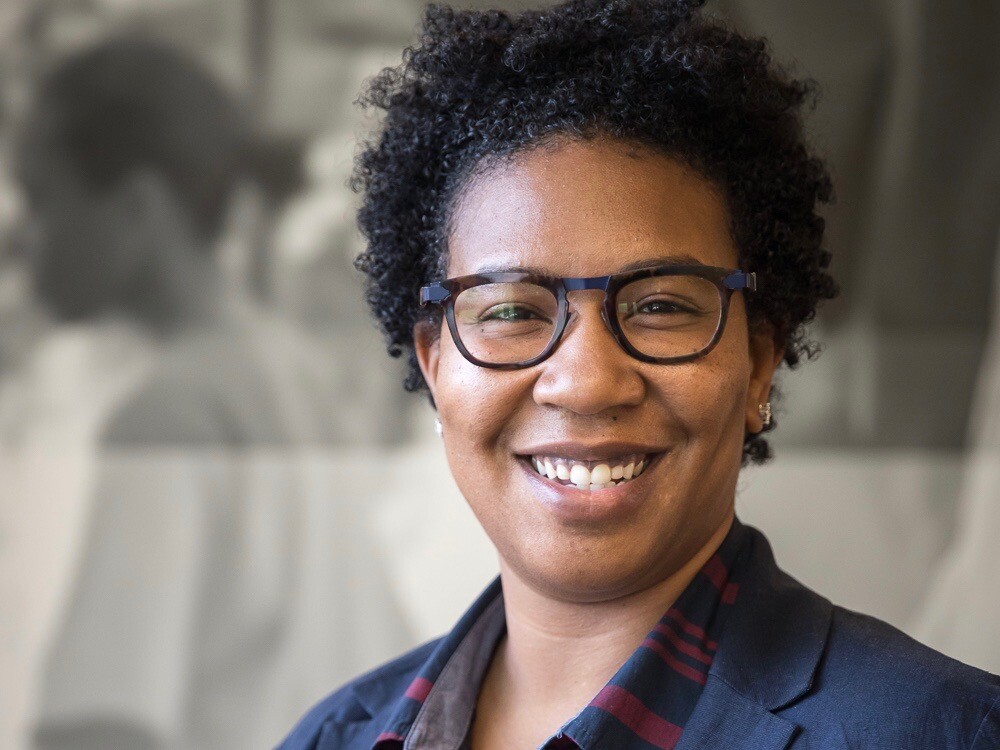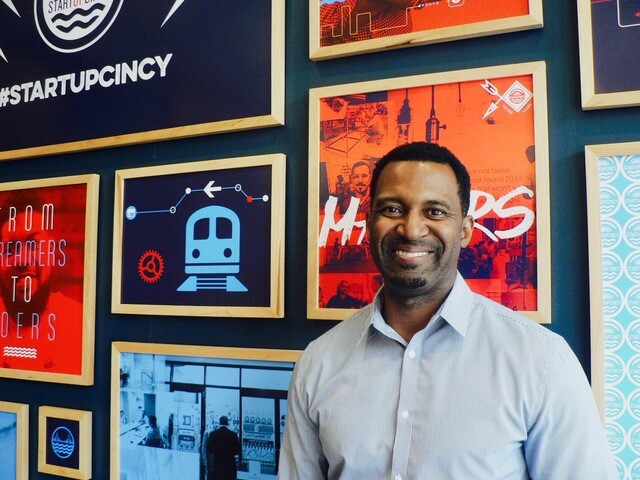CINCINNATI — The numbers tell the story.
White people hold the vast majority of leadership positions at nonprofit organizations funded by United Way of Greater Cincinnati, but nearly half the people those agencies serve are racial or ethnic minorities.
Those are among the findings in a United Way report about how local nonprofits stack up in terms of diversity, equity and inclusion. The composition of United Way’s board of directors was included in the report, too, which noted that 70 percent of board members there are white.
“We’ve all got a tremendous amount of work to do,” said Jennifer Ingram, United Way’s vice president of diversity, equity and inclusion.

That work to make nonprofit boards and leadership more diverse is important, said United Way interim CEO Ross Meyer. If United Way and its partner agencies are going to help reduce complex community problems such as poverty, they have to include the ideas and perspectives of people who are most impacted.
“If we’re going to create an opportunity for everyone in this community, we have to be very intentional about those whose opportunity has been most denied,” he said. “And far too often that falls along lines of race.”
United Way began its journey to become more inclusive and equitable as an organization more than a decade ago, but the issue of race came to the forefront in October 2018 with the public departure of Michael Johnson, United Way’s first-ever black CEO. Johnson alleged that he had been the victim of “subtle threats” and a “hostile work environment.”
The controversy resulted in Johnson’s departure, the resignation of United Way’s board chair and a public call for “inclusive leadership” from local black leaders. A group called BlackLed Change Cincinnati also vowed to make sure United Way continued the work of becoming more inclusive.
“I think what happened in October had a ripple effect that causes organizations regionally to look at themselves with a certain filter, and that’s a good thing,” said Sean Rugless, a United Way board member and a member of the Advocates for Inclusive Leadership group that spoke out last November.

The Rev. Damon Lynch III, however, expressed fatigue over the whole discussion.
"Ladies and gentlemen, if it has not happened by now it will never happen," Lynch, a member of the BlackLed Change group, wrote in an email to WCPO. "This is not a pessimistic or defeatist attitude. It is a challenge to build our own networks of support. As important as equity, diversity and inclusion are, we are tired of being the object of it. Diversity, inclusion and equity are not substitutes for reparations. They are a pacification."
The power of looking in the mirror
But Rugless noted United Way’s board of directors had recently elected new leaders.
Steve Shifman, the CEO of Michelman Inc., is the new chairman. Barbara Turner, the president and chief operating officer of Ohio National Financial Services, is the new vice-chair and chair elect.
The two represent diversity of thought and in the scale of their business operations, Rugless said. Shifman’s company is a middle-market firm while Turner’s is one of the region’s largest.

“Steve is a proud member of the Jewish community, and Barb is African American,” Rugless said. “United Way would be one organization that embraced what happened in October, revisited some of its opportunities to be reflective of the community and has had the courage to do it.”
United Way recognizes that it has plenty more progress to make as an organization, Meyer said, and is committed to being “open and transparent” about its efforts.
The organization also is committed to helping local nonprofits work through their challenges when it comes to diversity, equity and inclusion, according to Mike Baker, United Way’s director of community change.

For example, United Way hosted a session earlier this week about serving the LGBTQ community led by staff from Lighthouse Youth and Family Services.
The goal is for local experts to explain: “Here’s our approach, and here’s what others can do and learn from that,” Baker said.
Gathering the data has been crucial to figuring out the kind of help and support that nonprofits need and which local organizations are best qualified to provide it, Ingram said.
“None of that would be possible had we not first looked in the mirror and started to assess ourselves,” she said. “As you know more and you do better and you have the awareness of why, you can move to systems-level changes that need to occur.”
‘A marathon, not a sprint’
United Way also has selected The Cincinnati Project at the University of Cincinnati to conduct equity and inclusion audits, Ingram said. Those will help the organization understand where its “greatest gaps” exist in terms of staff, leadership, policies and practices.
The organization also has stopped asking prospective employees about their salary histories after Cincinnati City Council passed an ordinance banning local employers from asking the question.
The ordinance doesn’t go into effect until 2020, but United Way made the change immediately after realizing that the question was perpetuating pay disparities, Ingram said.
In many ways, she said, the data in United Way’s report represents the starting line for the work the region’s nonprofit organizations still need to do.

“This is a marathon, not a sprint,” Ingram said. “In two years, will we see progress? Perhaps. In five years, would I definitely hope to see some measure of progress? Absolutely. Otherwise, that means that the interventions that we’re providing just aren’t working.”
The next step will be determining which local nonprofits are committed to making that progress, according to Rugless.
“The next steps are to identify those who can really be courageous enough to recognize their truth and see that embedding talent and insight into their organizational strategy actually can help them grow,” he said. “I think then we can get closer to one Cincinnati.”
More information about United Way of Greater Cincinnati is available online. A copy of the full report is available online, too.
Lucy May writes about the people, places and issues that define our region – to celebrate what makes the Tri-State great and shine a spotlight on issues we need to address. To reach Lucy, email lucy.may@wcpo.com. Follow her on Twitter @LucyMayCinc



